Popular clipping site Pinterest on Tuesday announced the takeover of Instapaper, a mainstay in the offline reading services world.
The acquisition fits with Pinterest's aim of serving content that matches user interests, the company said in a statement obtained by Bloomberg. The site's product manager, Steve Davis, commented that the Instapaper team will "work with us to continue building indexing and recommendations technologies."
Instapaper elaborated on the takeover, saying that it would contribute to Pinterest's "discovery products," and experiment with using its parsing technology for "certain Rich Pin types." Although the company's main service will continue to operate, it's shutting down Instaparser, something intended for developers. The company has halted signups and billing and will keep the platform running only until Nov. 1.
The Instapaper team will have to move cross-country, from New York City to Pinterest's San Francisco headquarters.
When Instapaper first launched in 2008, it offered a one-of-a-kind service that let people save webpages for later reading, and in a stripped-down format more conducive to long reading sessions. The modern incarnation of the service supports several platforms, namely iOS, Android, Kindle, and the Web.
In recent years Instapaper has been overshadowed to a degree by the likes of Pocket, and Apple's Safari browser, which has a built-in Reading List feature.
 Roger Fingas
Roger Fingas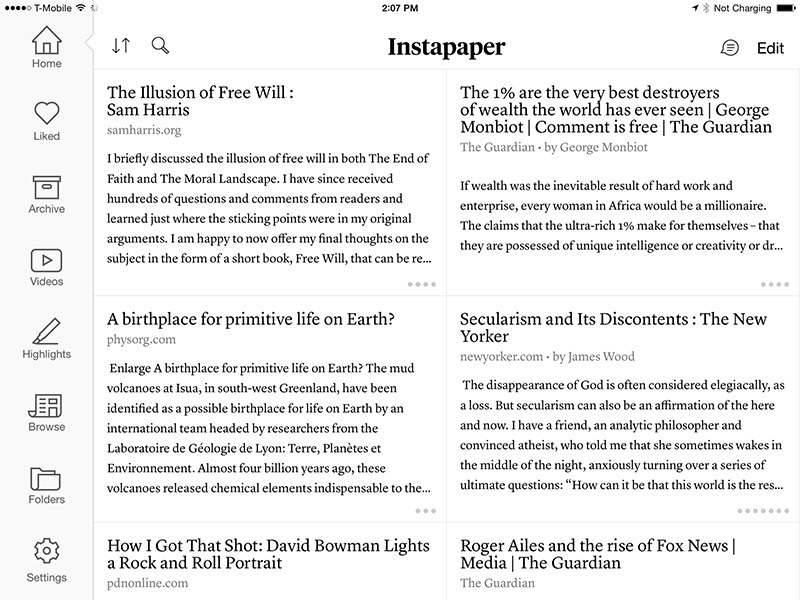




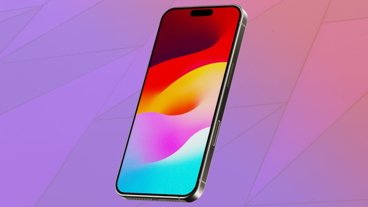
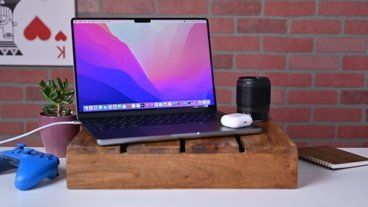


 Malcolm Owen
Malcolm Owen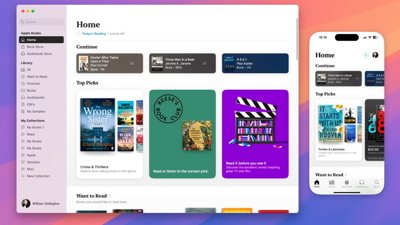
 William Gallagher
William Gallagher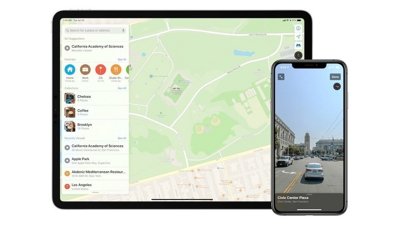



 Christine McKee
Christine McKee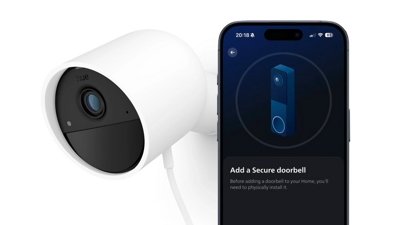










3 Comments
Hmmm. I use Instapaper daily, hopefully Pinterest don't screw it up.
Smart move. Now unify their APIs and add functionality to both.